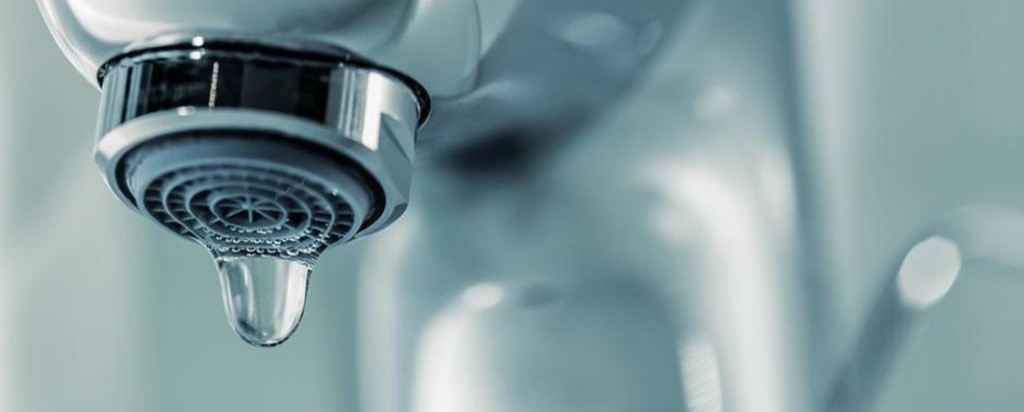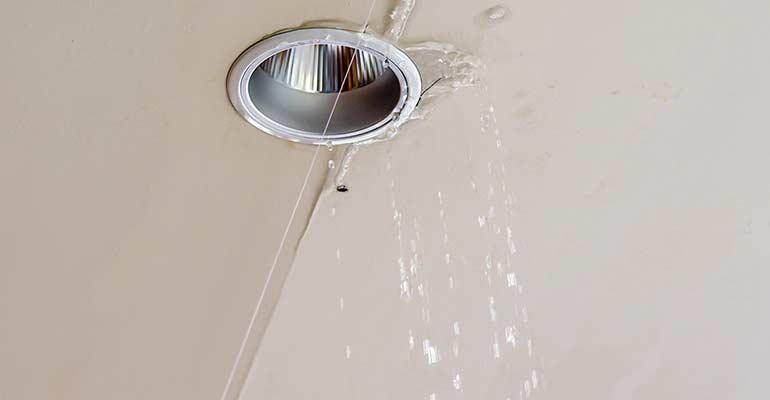The Six Most Common Water Leaks in Your Home: How They Happen and What to Do
The Six Most Common Water Leaks in Your Home: How They Happen and What to Do
Blog Article
Every person may have their unique rationale on the subject of How to Find Water Leaks.

Leakages not just trigger waste of water however can additionally cause unnecessary damages to your residence as well as promote undesirable organic development. However, water leakages may go undetected since most of the pipework in our house is concealed. By looking and comprehending for everyday situations that cause leakages, you can shield your residence from future leakages as well as unnecessary damage. Today, we will look at 6 leakage triggers that may be triggering your pipes to leak.
Intruding roots
Most water leaks start outside your home instead of inside it. If you observe an abrupt decline in water stress, state in your faucet, require time to head out and also analyze your yard. You might notice wet patches or sinkholes in your lawn, which could mean that tree roots are getting into water lines triggering water to seep out. You can have your plumber check for invasion, especially if you have trees or bushes near your residential property.
Rusty water systems
As time passes by, your plumbing system ages and rust such as rust might begin eating away the pipelines. This might be the root cause of discoloration or warping on your water pipes. This asks for an assessment with your plumber quickly. Take into consideration changing the pipelines considering that they are at a greater risk of deterioration than the newer designs if our plumbing system is old.
Malfunctioning Pipeline Joints
Pipe joints can weaken over time, resulting in water leakages. If you have loud pipes that make ticking or banging noises, specifically when the warm water is transformed on, your pipeline joints are possibly under a whole lot of pressure.
Immediate temperature level adjustments.
Extreme temperature level modifications in our pipelines can create them to expand and acquire suddenly. This expansion as well as contraction may create fractures in the pipelines, especially if the temperature level are below freezing. It would certainly be best if you watched on just how your plumbing works. The visibility of the previously discussed situations frequently shows a high threat.
Poor Water Connectors
At times, a leakage can be caused by loosened hoses as well as pipelines that supply your devices. In case of a water connections leakage, you might observe water running straight from the supply line or puddles around your devices.
Clogged Drains
Blocked drains pipes may be irritating as well as inconveniencing, but they can occasionally end up creating an overflow causing burst pipelines. Maintain getting rid of any kind of materials that may decrease your drains pipes that could block them to avoid such inconveniences.
All the above are reasons for leakages yet not all water leakages result from plumbing leaks; some leaks could come from roof leakages. All leakages must be repaired immediately to avoid water damages.
Leaks not only cause waste of water however can also trigger unnecessary damages to your residence and also promote unwanted organic growth. By comprehending and looking for daily scenarios that create leaks, you can safeguard your home from future leakages as well as unneeded damages. Today, we will certainly look at 6 leak triggers that might be triggering your pipes to drip.
At times, a leakage can be triggered by loose hoses as well as pipes that provide your devices. In instance of a water connections leak, you might notice water running directly from the supply line or pools around your devices.
How To Check For Water Leak In Your Home
How To Check for Leaks
The average household's leaks can account for nearly 10,000 gallons of water wasted every year and ten percent of homes have leaks that waste 90 gallons or more per day. Common types of leaks found in the home are worn toilet flappers, dripping faucets, and other leaking valves. These types of leaks are often easy to fix, requiring only a few tools and hardware that can pay for themselves in water savings. Fixing easily corrected household water leaks can save homeowners about 10 percent on their water bills.
To check for leaks in your home, you first need to determine whether you're wasting water and then identify the source of the leak. Here are some tips for finding leaks:
Take a look at your water usage during a colder month, such as January or February. If a family of four exceeds 12,000 gallons per month, there are serious leaks.
Check your water meter before and after a two-hour period when no water is being used. If the meter changes at all, you probably have a leak.
Identify toilet leaks by placing a drop of food coloring in the toilet tank. If any color shows up in the bowl after 10 minutes, you have a leak. (Be sure to flush immediately after the experiment to avoid staining the tank.)
Examine faucet gaskets and pipe fittings for any water on the outside of the pipe to check for surface leaks.
Undetected water leaks can happen without the home or business owner even realizing. If you suspect a water leak, but not able to find the source. It is time to contact a professional water leak detection service, The Leak Doctor.
How To Find a Water Leak In Your Home
https://www.leakdoctor.com/blog/How-To-Check-For-Water-Leak-In-Your-Home_AE197.html

I'm very drawn to Most Common Causes of Leaky Pipes and I hope you enjoyed reading my piece. Sharing is caring. Helping others is fun. Many thanks for your time. Please check up our blog back soon.
Further Details Report this page